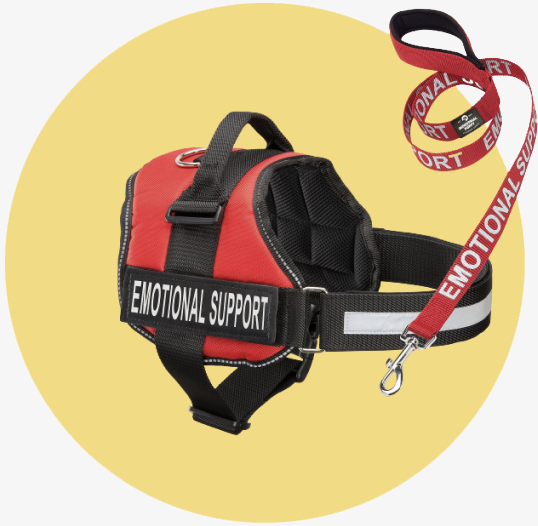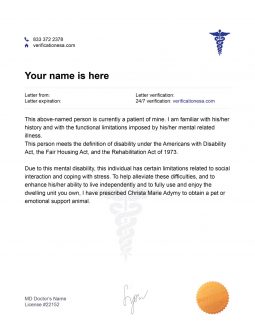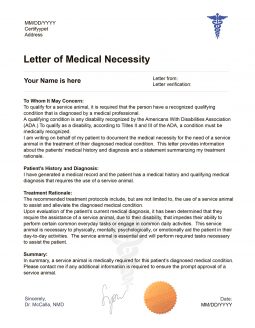Making your dog into a service dog is not super complicated, as long as you qualify for a service dog and your dog can be trained as a service dog.
The first step is to make sure you qualify. In order to qualify for a service dog, you must have a diagnosis for one or more physical or psychiatric disabilities or disorders. These can include, but are not limited to, the following:
- Anxiety disorders
- Chronic pain
- Hearing impairment
- Migraines
- Mobility Issues
- Nervous habits
- Panic attacks, seizures
- PTSD
- Substance abuse
- Visual Impairment
- Other physical and mental disabilities
While you do not need to obtain a doctor’s note to have a service dog or present a doctor’s note to anyone in order to access a facility with your service dog (exception : international flights), a diagnosis for a qualifying condition is still required, and if your qualifications for a service dog are ever called into question, having this diagnosis in your possession (or, at least, accessible) can be invaluable. At the end of the day, however, as long as you qualify, you can have a service dog.
If you do not yet have a qualifying diagnosis, you can speak with a doctor provided by Certifymypet to obtain one.
Once you have your qualifying diagnosis, the only other thing you need to turn your dog into a service dog is to train the dog in the specific tasks he or she will perform to help you with your diagnosed disability or disorder. The tasks must be directly related to your disability or disorder and the dog must perform them consistently on command (or other cue) in order for your dog to qualify as a service dog. You can either do this training yourself or hire a professional to do it for you. All service dogs must also be trained in basic obedience, including avoiding urinating or defecating except in designated places, avoiding excessive barking, whimpering or other distracting or obstructive behavior, and avoiding all aggressive behavior, whether toward other people, animals or you yourself.
Once your service dog is properly trained, you’re ready to venture out into the world together. One way to help avoid needless hassles and delays once you and your service dog are out and about and trying to access publicly-accessible spaces is to register your service dog with Certifymypet and get 24/7 service animal verification and ID card.














